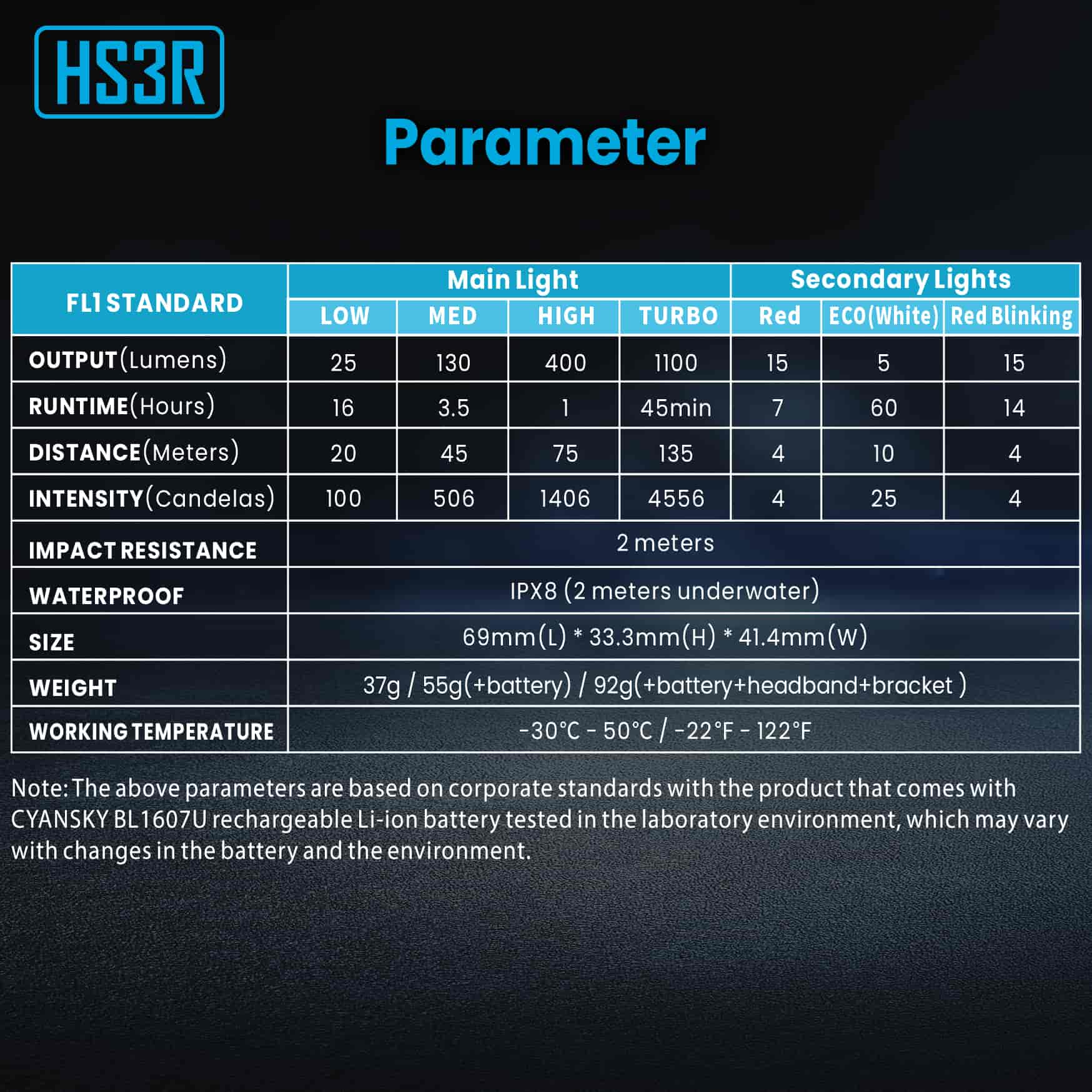Introduction
When it comes to lighting, understanding the concept of brightness is essential. While we may be familiar with terms like watts and lumens, it can be challenging to grasp the practical implications of these measurements. Lumens specifically refer to the amount of light emitted by a source, making it a crucial factor in choosing the right lighting fixtures for different environments. In this blog post, we will shed light on the brightness of 1000 lumens and provide a practical explanation that will help homeowners, lighting enthusiasts, and anyone interested in understanding brightness.
To fully comprehend what 1000 lumens mean in terms of brightness, it is important to first understand how lumens are measured. Unlike watts, which indicate energy consumption, lumens measure the actual output of visible light. In simple terms, the higher the number of lumens, the brighter the light source.
Comparing lumens to everyday objects and activities can offer a relatable perspective on brightness. For instance, a standard 60-watt incandescent bulb typically emits around 800 lumens. Therefore, a light fixture with 1000 lumens would produce significantly more brightness than a traditional household bulb. It would be comparable to standing outside on a sunny day or having multiple lamps illuminating a room.
Understanding specific lighting fixtures that emit 1000 lumens can also provide insight into their practical applications. LED bulbs are known for their efficiency and longevity while offering various lumen outputs. A common example is an LED floodlight or spotlight that produces around 1000 lumens. These types of fixtures are often used for outdoor lighting purposes such as illuminating driveways or highlighting architectural features.
It's important to note that perceived brightness can vary depending on different environments. Factors such as room size, color scheme, and reflective surfaces can all impact how bright 1000 lumens appear to our eyes. In larger spaces with darker colors or matte finishes, the light may appear less intense compared to smaller rooms with lighter colors or glossy surfaces.
Comparisons to Everyday Objects and Activities
When trying to understand the brightness of 1000 lumens, it can be helpful to compare it to everyday objects and activities that we are familiar with. One way to think about 1000 lumens is to imagine the brightness of a standard 100-watt incandescent light bulb. In terms of brightness, a 1000-lumen light source is roughly equivalent to the illumination provided by ten 100-watt bulbs. This comparison helps put into perspective just how bright 1000 lumens can be.
Another way to visualize the brightness of 1000 lumens is by considering outdoor lighting. For example, a clear sunny day typically provides an illuminance level of around 10,000 lux. Lux is a unit that measures the amount of light per square meter, and it can help us understand how bright different light sources are in relation to natural sunlight. While 1000 lumens may not be as bright as direct sunlight, it still offers a significant amount of illumination.
To further illustrate the concept, let's consider some practical examples. Imagine you're in a well-lit living room with multiple lamps providing ambient lighting. Each lamp might emit around 500-800 lumens, depending on its size and design. Now imagine doubling or even tripling that level of brightness – that's what you would get with a light fixture emitting 1000 lumens.
In summary, comparing the brightness of 1000 lumens to everyday objects and activities allows us to grasp its impact more easily. Whether we think about it in terms of multiple light bulbs or in relation to natural sunlight, understanding these comparisons helps us appreciate just how bright this level of illumination can be.
Examples of Lighting Fixtures Emitting 1000 Lumens
When it comes to lighting fixtures that emit 1000 lumens, there are several options available on the market. One popular choice is the LED light bulb. These bulbs have become increasingly common in households due to their energy efficiency and long lifespan. Many LED bulbs are designed to produce around 1000 lumens of brightness, making them suitable for various applications.
Another example of a lighting fixture emitting 1000 lumens is the ceiling light fixture. These fixtures are commonly found in kitchens, living rooms, and other areas where bright and evenly distributed light is desired. With their high lumen output, they can effectively illuminate larger spaces and provide ample lighting for everyday activities.
For those looking for more portable options, there are also handheld flashlights available that emit 1000 lumens. These flashlights are often used in outdoor activities such as camping or hiking, where a bright beam of light is essential for navigation or signaling.
Additionally, some desk lamps and floor lamps are designed to produce around 1000 lumens of brightness. These types of lamps are ideal for tasks that require focused illumination, such as reading or working on intricate projects.
It's important to note that the perceived brightness of a lighting fixture can vary depending on the environment in which it is placed. For instance, a 1000-lumen bulb may appear brighter in a smaller room with white walls compared to a larger room with darker walls. The color temperature of the light can also affect how bright it appears to be.

HS3R | 1100 Lumens Mini Lightweight HeadLamp
Impact of Different Environments on Perceived Brightness
When it comes to understanding the brightness of 1000 lumens, it's important to consider the impact of different environments. While 1000 lumens may seem bright in one setting, it can appear dimmer or brighter depending on various factors. One such factor is the color temperature of the lighting.
In a warm environment with a lower color temperature, such as a cozy living room with soft yellow lights, 1000 lumens may appear brighter and more intense. This is because warmer colors create a perception of increased brightness. On the other hand, in a cool environment with a higher color temperature, like an office space with bright white lighting, 1000 lumens may seem less bright and more subdued.
Additionally, the size and layout of a room can also affect how we perceive the brightness of 1000 lumens. A smaller room with light-colored walls and reflective surfaces will enhance the overall brightness, making 1000 lumens feel even brighter. Conversely, a larger room with darker walls and absorbent materials may make 1000 lumens appear less intense.
Furthermore, natural light sources can influence our perception of artificial lighting. In a well-lit room during daylight hours, 1000 lumens might not seem as bright compared to when it's used in a dimly lit space at night.
Considering these factors helps us understand that while 1000 lumens is generally considered quite bright, its perceived intensity can vary depending on environmental conditions. By taking into account color temperature, room size and layout, and natural light sources, we can better gauge how bright 1000 lumens will appear in different settings.
Conclusion
In conclusion, understanding the brightness of 1000 lumens is essential for homeowners, lighting enthusiasts, and anyone interested in lighting. Throughout this blog post, we have explored the concept of lumens as a measure of brightness and provided a practical explanation for how bright 1000 lumens truly is.

HS3R | 1100 Lumens Mini Lightweight HeadLamp
By comparing 1000 lumens to everyday objects and activities, we have given readers a relatable perspective on its brightness. Whether it's equivalent to the light emitted by a standard 60-watt incandescent bulb or the glow of a sunny day, readers now have a tangible understanding of what 1000 lumens looks like.
Additionally, we have discussed examples of lighting fixtures that emit 1000 lumens. From ceiling lights to desk lamps, these fixtures offer various options for achieving the desired level of brightness in different spaces. By knowing which fixtures provide 1000 lumens, readers can make informed decisions when selecting lighting solutions for their homes or workplaces.
Furthermore, we have highlighted how different environments can affect the perceived brightness of 1000 lumens. Factors such as room size, color temperature, and reflective surfaces all play a role in how bright or dim the light appears. This knowledge allows individuals to optimize their lighting setups based on their specific needs and preferences.

HS3R | 1100 Lumens Mini Lightweight HeadLamp
Overall, this blog post has shed light on the practical implications of 1000 lumens. Armed with this information, readers can make educated choices when it comes to selecting lighting fixtures and creating well-lit environments. Understanding the true brightness of 1000 lumens empowers individuals to enhance their living spaces and create atmospheres that suit their needs perfectly. With this newfound knowledge about the brightness of 1000 lumens and its impact on lighting, readers are now equipped to navigate the world of illumination with confidence. So go forth and let there be light!
See Also
A Complete Guide to Flashlight Lumens and Brightness
Using the CYANSKY HS6R Headlamp: Red Light Tips for Outdoor Activities
Choosing the Right Light Color to Repel Bugs: A Homeowner's Guide
Haikelite HK04 XHP50.2 Flashlight: Unleashing 13000 Lumens of Brightness
Solar Camping Lantern T040: The Ultimate Solar Power Flashlight for Campers
